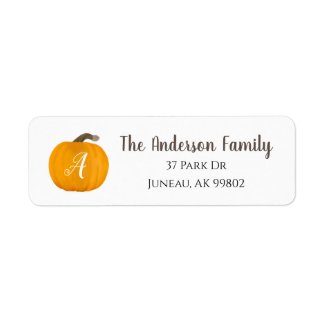Photo 1: Starting a new jar of homemade vanilla extract
The homemade vanilla extract I started earlier this year is finally ready for use! It smells absolutely wonderful, and tastes great too! I love the fact that we can get high quality stuff for a fraction of the price, and it also does not contain corn syrup like some vanilla extract products in the store do.
Encouraged by the success of my first batch, I started a new batch with a different blend. Previously I had used all Madagascar Bourbon Vanilla Beans to get that rich, traditional vanilla extract taste. Now I am using primarily Tahitian Vanilla Beans. I only had 10 of them, and you need 6 beans per cup so I just added a few more Madagascar Bourbon Vanilla Beans to the mix.
Photo 2: Tahitian Vanilla beans from www.vanillaproductsUSA.com
To Learn How to Make Vanilla Extract Click Here: http://aptgarden.blogspot.com/2011/05/homemade-vanilla-extract.html









































